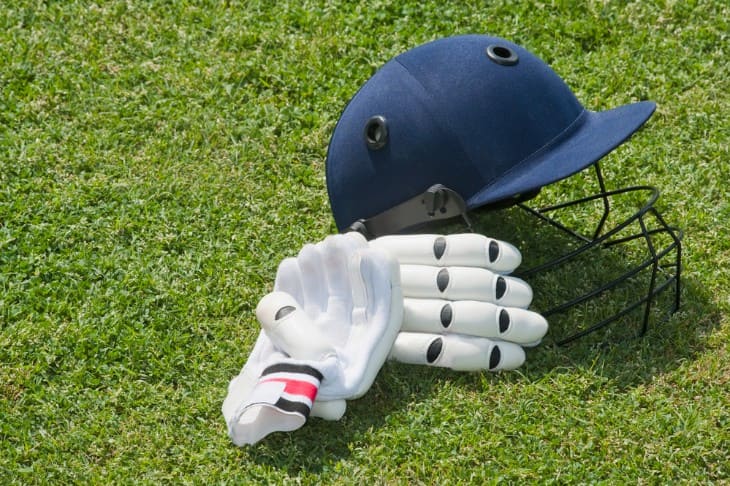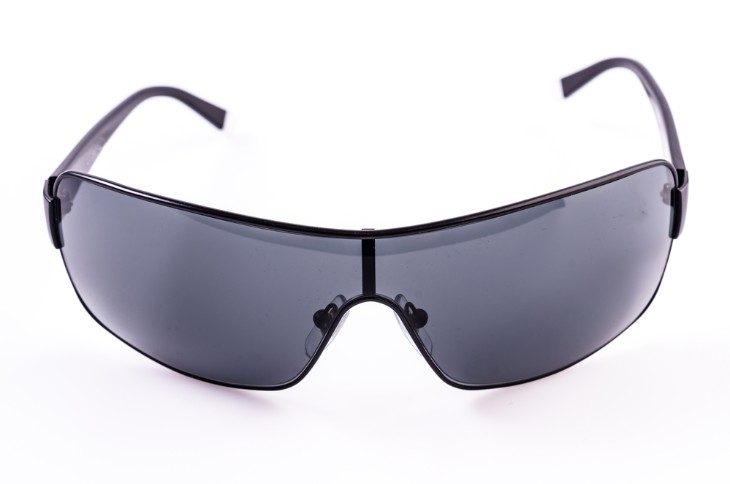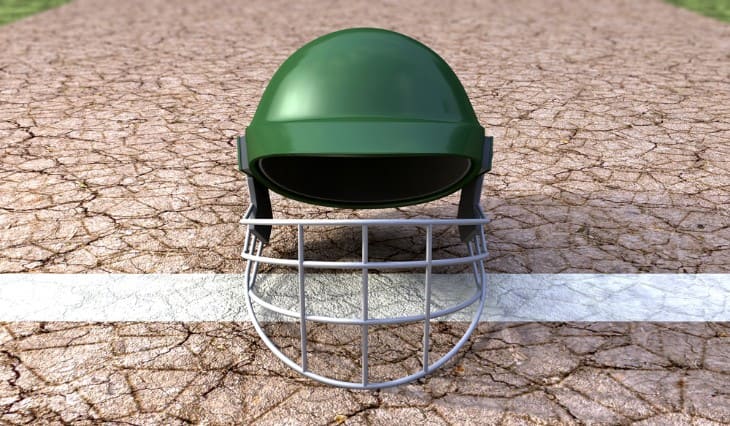- Modern Materials: Making Helmets Safer
- Cricket Batting Pads: Protection from Impact
- Innovations in Batting Gloves
- Keeping Wicket Keepers Safe
- Fielding Gear Advancements
- Protective Wear for Bowlers
- The Role of Mouthguards in Cricket Safety
- Eyewear: Safeguarding Against Eye Injuries
- Advances in Footwear for Enhanced Traction
- Communication Technology in Helmets
- Conclusion
The first cricket helmet, as we recognise it today, was introduced in the 1970s. Initially met with scepticism and reluctance from some players who valued tradition, it soon became evident that helmets were essential to safeguard batsmen from serious head injuries. The early versions were rudimentary, offering limited protection, but they marked the beginning of a significant transformation in cricket safety gear. Over the years, these helmets have evolved to become more streamlined, comfortable, and effective, incorporating advanced materials and design features to provide optimal head protection without compromising performance.
Modern Materials: Making Helmets Safer
One of the key aspects of helmet evolution in cricket is the incorporation of modern materials that enhance safety. Traditional helmets were primarily made of leather and fiberglass, which provided limited protection against fast bowlers. However, today's cricket helmets are constructed using high-impact-resistant materials, such as polycarbonate and fibreglass composites, that offer superior protection while maintaining a lightweight and comfortable feel for the players.
These advanced materials provide increased durability and strength, reducing the risk of helmet failure upon impact. Moreover, they are designed to disperse the force of a blow effectively, minimising the chances of head injuries. Ventilation has also improved significantly, ensuring that players can remain cool and comfortable even in the heat of a game. Modern cricket helmets are a testament to the relentless pursuit of safety and innovation in the sport, reflecting cricket's commitment to protecting its players while preserving the integrity and excitement of the game.
Cricket Batting Pads: Protection from Impact
Cricket batting pads, commonly known as leg guards, play a crucial role in safeguarding a batsman's lower limbs from potentially devastating blows. Over the years, these protective accessories have undergone significant advancements to provide both safety and comfort to cricketers. Traditional leg guards were often bulky and made from materials like cane and leather, offering limited flexibility and protection. However, modern leg guards have evolved to become sleeker, lighter, and more effective in their role.
One of the key innovations in batting pads is the use of high-density foam padding and reinforced plastic inserts. These materials offer exceptional shock absorption, reducing the impact force of a cricket ball hitting the legs. Moreover, the ergonomic design of contemporary leg guards ensures that they provide maximum coverage while allowing freedom of movement. Adjustable straps and buckles make it easy for players to achieve a secure fit, preventing the pads from shifting during play. These improvements have not only enhanced safety but have also made batting pads more comfortable, enabling batsmen to focus on their technique and performance without unnecessary distractions.
Innovations in Batting Gloves
Cricket batting gloves are another critical component of a batsman's protective gear, offering shielding for the hands and fingers, which are highly vulnerable to injuries from fast bowlers. The evolution of batting gloves has been marked by innovations in materials and design, aimed at providing optimal protection and dexterity. Early batting gloves were rudimentary, with little more than padding and leather covering the palms. However, the need for more comprehensive hand protection prompted significant improvements.
Modern batting gloves feature multiple layers of high-density foam padding, strategically placed to safeguard the fingers and knuckles. Additionally, the use of synthetic materials like polyurethane and leather substitutes has improved the durability and flexibility of gloves. Innovative designs have incorporated additional protection for the back of the hand and wrist, areas that were previously susceptible to injuries. Furthermore, advancements in grip technology ensure that batsmen can maintain a secure hold on the bat even in challenging conditions, such as wet or sweaty palms. These innovations have transformed batting gloves from basic hand coverings into sophisticated protective equipment that empowers batsmen to face bowlers with confidence.

Keeping Wicket Keepers Safe
In the game of cricket, wicketkeepers stand as the last line of defense behind the stumps, and their safety is paramount. Over the years, advancements in wicketkeeping gear have made the role safer and more comfortable for these players. The wicketkeeper's primary protective equipment includes gloves and leg guards, similar to those used by batsmen. However, specific innovations tailored to the demands of wicketkeeping have been incorporated.
Wicketkeepers' gloves are designed to provide both protection and flexibility. They feature reinforced finger sections, which reduce the risk of finger injuries while ensuring that the gloves allow for quick and precise movements. Leg guards for wicketkeepers have evolved to be lightweight yet sturdy, offering adequate protection without hindering mobility. Additionally, they often include padded sections around the inner thigh to protect against errant deliveries and provide added comfort during long hours behind the stumps.
Beyond the standard gear, wicketkeepers also have access to helmets with specialized faceguards to shield them from bouncers and accidental impacts. These helmets are lightweight and offer excellent visibility, allowing wicketkeepers to react swiftly to incoming deliveries. As a result of these innovations, wicketkeepers can focus on their role as the team's defensive linchpin without worrying about their safety.
Fielding Gear Advancements
Fielding in cricket is not just about stopping boundaries and taking catches; it also involves ensuring the fielders' safety, especially in close-in positions. Fielders in positions like slip, gully, and short leg often face the risk of injuries due to the proximity to the batsman. To mitigate these risks, cricket has seen significant advancements in fielding gear.
Fielders in close-catching positions now wear specially designed helmets that combine head protection with excellent visibility. These helmets offer protection against fast deliveries that might be edged or mistimed by the batsman. They are designed to be lightweight and comfortable, allowing fielders to maintain their focus on the game.
In addition to helmets, fielding gear advancements also include improved shin guards and thigh guards to protect fielders from sharp bounces and hard-hitting shots. These protective accessories are made from materials that offer enhanced shock absorption while being lightweight and easy to move in. The evolution of fielding gear ensures that fielders can be confident and safe in their positions, contributing to their team's success in the field.
Protective Wear for Bowlers
While much of the focus in cricket safety gear has been on batsmen and wicketkeepers, bowlers also require protective equipment to safeguard themselves from the inherent risks of their craft. Bowling, especially fast bowling, puts tremendous strain on the body, and injuries can be debilitating. Therefore, modern bowlers are equipped with protective gear tailored to their needs.
One crucial piece of protective equipment for bowlers is the chest guard. It shields the chest area from impact and is especially vital for fast bowlers who generate substantial pace. Chest guards are typically made from lightweight, impact-absorbing materials, ensuring that they do not hinder the bowler's movements. Additionally, abdominal guards provide extra protection to the lower abdomen, an area susceptible to injuries from powerful shots played by the batsman. These innovations not only keep bowlers safer but also allow them to focus on their deliveries without worrying about potential injuries.
Another aspect of safety for bowlers is the development of bowling shoes with improved traction and stability. These shoes are designed to reduce the risk of slips and falls during the delivery stride, particularly on wet or uneven pitches. Enhanced grip technology ensures that bowlers can maintain their balance and execute their deliveries with precision, reducing the risk of injuries caused by awkward falls. Altogether, these advancements in protective wear and footwear help bowlers perform at their best while minimising the chances of injuries.
The Role of Mouthguards in Cricket Safety
Mouthguards may not be as visible as helmets or leg guards, but they play a vital role in ensuring cricket players' overall safety, especially for batsmen and close-in fielders. Cricket balls are hard and can cause severe dental injuries when struck in the face. To prevent such injuries, mouthguards have become an essential part of a cricketer's protective gear.
Modern mouthguards are custom-fitted to the player's teeth, offering a snug and comfortable fit that doesn't interfere with speech or breathing. They are typically made from resilient materials that absorb and dissipate the force of an impact, reducing the risk of dental trauma. The use of mouthguards is particularly important for junior cricketers, as they may not have fully developed adult teeth, making them more vulnerable to injury.
Additionally, mouthguards can help reduce the risk of concussion, as they provide a cushioning effect against impacts to the jaw, which can transmit force to the brain. In this way, mouthguards contribute significantly to the overall safety of cricket players, ensuring that they can participate in the sport without unnecessary risks to their oral and cranial health.
Eyewear: Safeguarding Against Eye Injuries
Cricket, like many other sports, poses a risk of eye injuries due to the high-speed nature of the game. Batsmen, fielders, and wicketkeepers can all be susceptible to accidental blows from the cricket ball. To mitigate these risks and ensure player safety, eyewear has become an essential component of cricket safety gear.
Cricket eyewear is designed to provide protection without compromising vision or comfort. Modern cricket glasses feature impact-resistant lenses made from materials like polycarbonate, which can withstand the force of a cricket ball. These lenses are often designed to wrap around the sides of the face, offering additional protection to the eyes from stray balls or debris. Moreover, anti-fog and anti-scratch coatings ensure that players maintain clear vision even in challenging weather conditions.
Eyewear in cricket is not limited to prescription glasses; it also includes sunglasses with polarised and UV-blocking lenses, which help reduce glare and protect the eyes from harmful sun exposure. The combination of functionality and style in cricket eyewear ensures that players can keep their eyes safe while maintaining their performance at its peak.

Advances in Footwear for Enhanced Traction
Footwear is a fundamental component of cricket safety, particularly for bowlers and fielders who rely on quick movements and firm footing. Advances in cricket shoe technology have been pivotal in reducing the risk of slips and falls on the pitch.
Modern cricket shoes feature specialised outsoles with excellent traction, designed to grip the ground effectively, especially in wet conditions. These outsoles often incorporate materials like rubber and spikes to provide stability and prevent slipping during bowling or fielding. Additionally, the midsoles of cricket shoes are designed to absorb shock and reduce the impact on the player's lower limbs, thereby minimising the risk of injuries such as shin splints or ankle sprains.
Furthermore, cricket shoe designs now consider the comfort and fit of the player, ensuring that the footwear offers support and cushioning for long hours on the field. Properly fitted cricket shoes contribute to the overall safety of players, allowing them to move confidently and avoid potential accidents. In essence, advancements in cricket footwear aim to strike a balance between performance and safety, enabling players to excel while staying injury-free.
Communication Technology in Helmets
Innovations in cricket safety gear extend beyond physical protection to encompass communication technology. Helmets, the most iconic piece of protective gear in cricket, have undergone significant changes to incorporate communication systems, enhancing player safety and performance simultaneously.
Modern cricket helmets often feature built-in communication systems that allow players to stay connected with their teammates and coaching staff. These systems typically include microphones and speakers integrated into the helmet's design, enabling players to communicate without needing to remove their helmets. This advancement is especially valuable for fielding positions where players need to relay information quickly and accurately, contributing to better teamwork and decision-making on the field.
Additionally, some helmets are equipped with Bluetooth connectivity, enabling players to receive real-time coaching advice or analyse their performance during matches. Coaches and analysts can provide valuable insights directly to the player, helping them make strategic adjustments on the fly. These technological advancements not only enhance communication but also elevate the overall safety and effectiveness of players in cricket.
Conclusion
The world of cricket safety gear has witnessed a remarkable transformation, ensuring that players can participate in this thrilling sport with confidence in their protection. From the early days of rudimentary equipment to the cutting-edge innovations of today, cricket safety gear has evolved to safeguard players from head to toe.
For more information:


